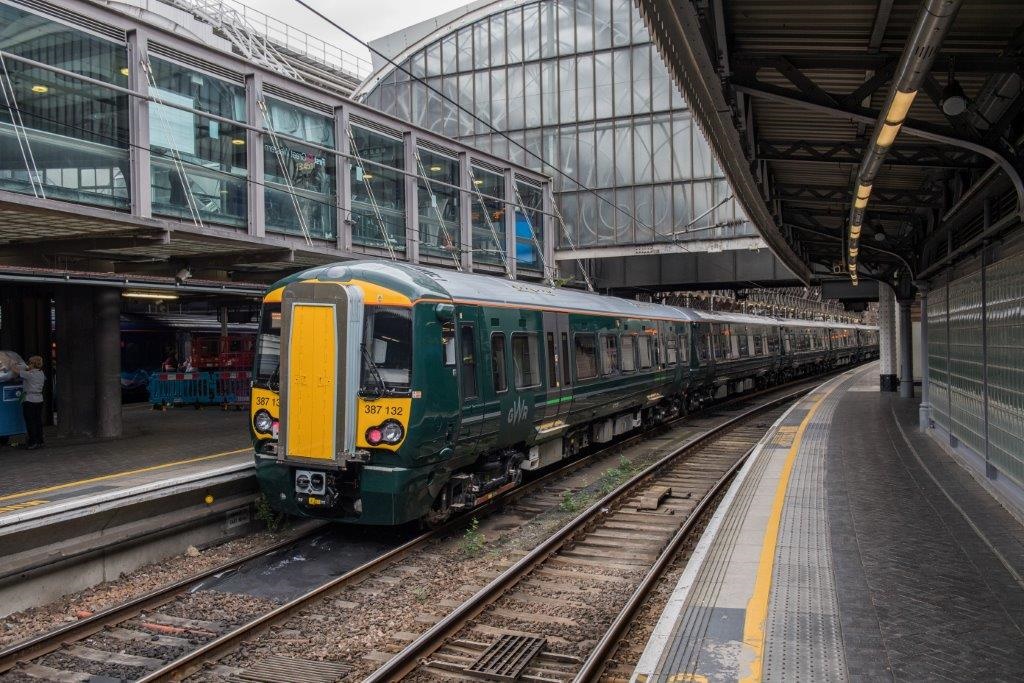02.01.18
GWR Electrostar fleet enters service after electrification completed
A new fleet of Electrostar trains has entered service today on the Great Western Main Line following the completion of electrification work between London Paddington and Didcot.
GWR, which operates services on the line, says the new fleet will offer 8,000 extra seats across its network, including a 10% increase in the busiest times in the morning compared to January 2017.
In London and Thames Valley, the majority of the operator’s current 25-year-old fleet will be replaced by the 45 new Electrostars – running predominately in eight- and 12-car formations.
The new fleet, and the capacity boost it brings, will be the latest move to improve services across GWR’s network after the company began running its new Class 800 Intercity Express trains in October last year following an initially difficult launch.
Services covering Bristol, Gloucester, Cardiff and Taunton will also see more modern trains introduced, providing up to double the number of seats per train. This means GWR will boast 3,000 extra seats for commuters in the morning peak through Bristol Temple Meads introduced since the same time last year.
“The 2 January marks a massive step towards delivering the capacity improvements we have promised, and the most significant series of improvements for rail passengers in a generation,” commented Mark Hopwood, GWR’s managing director.
“Electric trains will run under the wires between Didcot and London for the first time, delivering real improvements for our passengers in London and the Thames Valley and enabling us to make further improvements throughout our network, supporting the communities we serve.
“Let me also take this opportunity to thank our passengers in advance for their patience during the Christmas period, as Network Rail continue Crossrail works, and its programme to modernise the Great Western.”

New Intercity Express Trains will also reach Great Malvern, Worcester and Oxford for the first time, and more journeys will be operated by the new trains on routes between London and South Wales, Bristol, and Taunton.
Network Rail western route managing director Mark Langman argued the changes represented a “major step forward in the biggest ever transformation on the Great Western Main Line.”
“This will boost local communities and provide a better service for passengers travelling in Didcot, Reading, across the Thames Valley and west London,” he explained.
“It has been a real team effort as Network Rail and GWR staff worked tirelessly to get to this stage. It is an example of track and train working together for the benefit of the passenger and really does herald an exciting time on the railway.”
Electrostars have been produced in the UK and operated across the national network since 1999, but the trains recently ended production, with the last-ever batch produced at Bombardier’s Derby Litchurch Lane facility.
Top image: GWR
Have you got a story to tell? Would you like to become an RTM columnist? If so, click here.